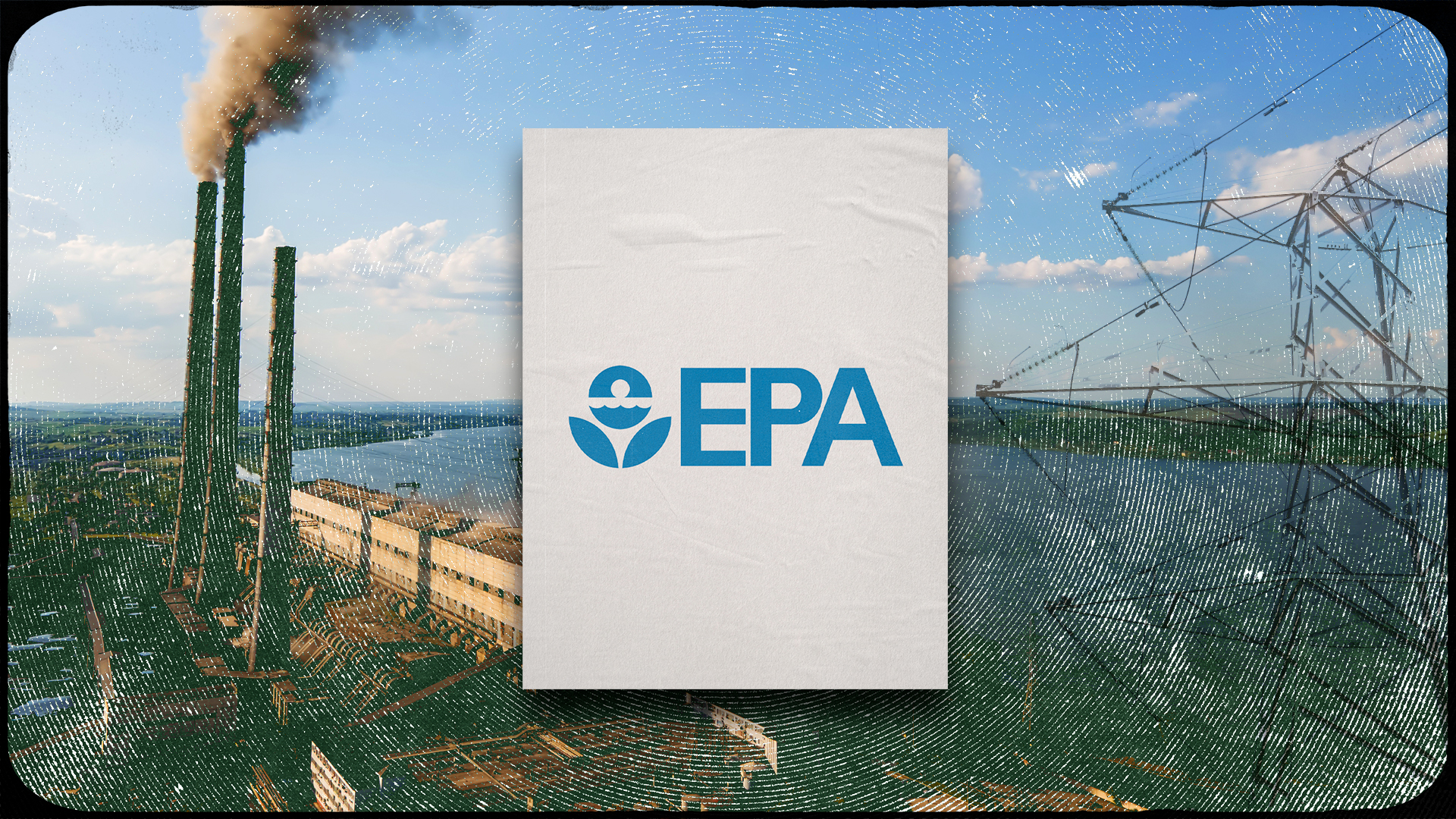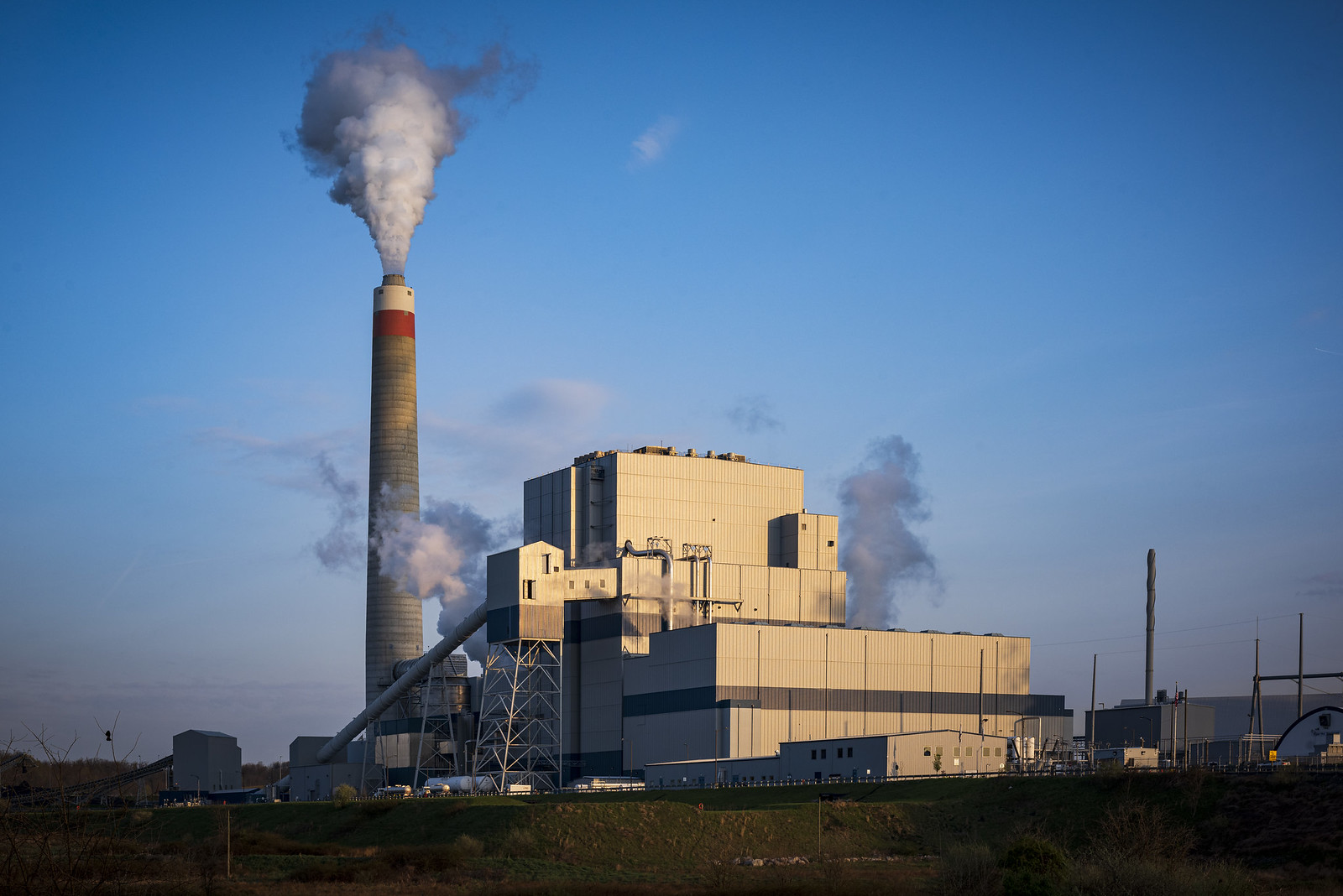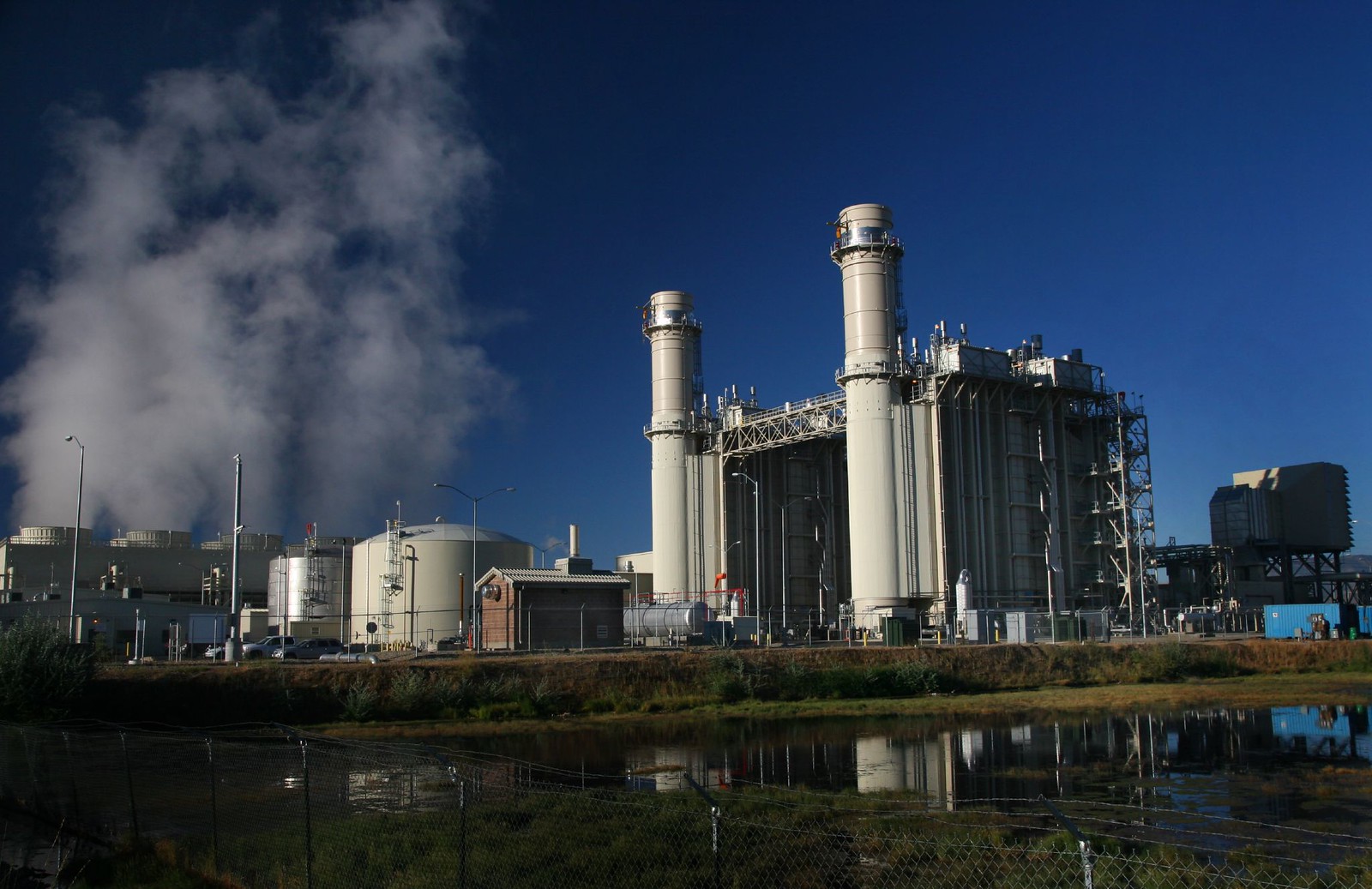2. Newly proposed gas plants
The second standard applies to proposed gas plants. New baseload plants, or those running 40 percent or more of the year, would be required to reduce their emissions by 90 percent by 2032. Since EPA released its proposed rules in May 2023, Evergreen and advocates across the climate movement have been hard at work urging the strongest possible rules to get finalized. Thanks, in part, to our strong collective advocacy, EPA strengthened this rule since it was proposed last year—by lowering the cutoff from 50 percent to 40 percent and moving up the requirements from 2035 to 2032. That means many more plants will be covered with the strongest requirements, and they’ll need to cut their pollution faster.
EPA is planning to re-propose its standard covering existing gas plants in an effort to strengthen the carbon and local pollution impacts. While those plants will remain unregulated for the time being, we are optimistic EPA will follow through on that commitment and propose a strong rule that cuts climate pollution, covers the entire gas fleet, and includes strong environmental justice protections.
States and Utilities Have Full Flexibility and Years of Lead Time to Meet These Standards
The standards EPA sets are based on what is possible given the best current technology available. For this rule, those technologies are carbon capture or efficiency improvements, depending on the type of plant. But while these rules set the pollution threshold that power plants must achieve, they do not prescribe how that pollution level is met. That means there’s no requirement for plants to install carbon capture—or any other technology. That’s up for states and utilities to decide.
The standard covering existing coal plants must be implemented by states, and they will have two years to determine their implementation plans. States have full flexibility, as long as their plan achieves the same level of pollution reduction. The standard for new gas plants kicks in immediately, and individual plants and utilities are required to achieve the pollution standards set by the rule if they want to build any new plants.
Moreover, utilities have nearly a decade to achieve these common-sense pollution standards. With such a long lead time, grid operators have ample opportunity to ensure a reliable grid—so don’t let their public hand-waving and bluster fool you. Utility companies have a track record of crying wolf about complying with pollution standards, attacking the proposals at every turn, only to turn around and achieve them at minimal cost and ahead of schedule.
But there’s no excuse for inaction. Thanks to the game-changing investments in the Inflation Reduction Act, utilities and states can tap into clean energy tax credits to achieve these pollution standards without impacting energy bills. EPA’s standards, combined with the expected changes in the power sector thanks to incentives in the IRA, motivate utilities to pursue the investments that are best for Americans’ health, wallets, and climate.





